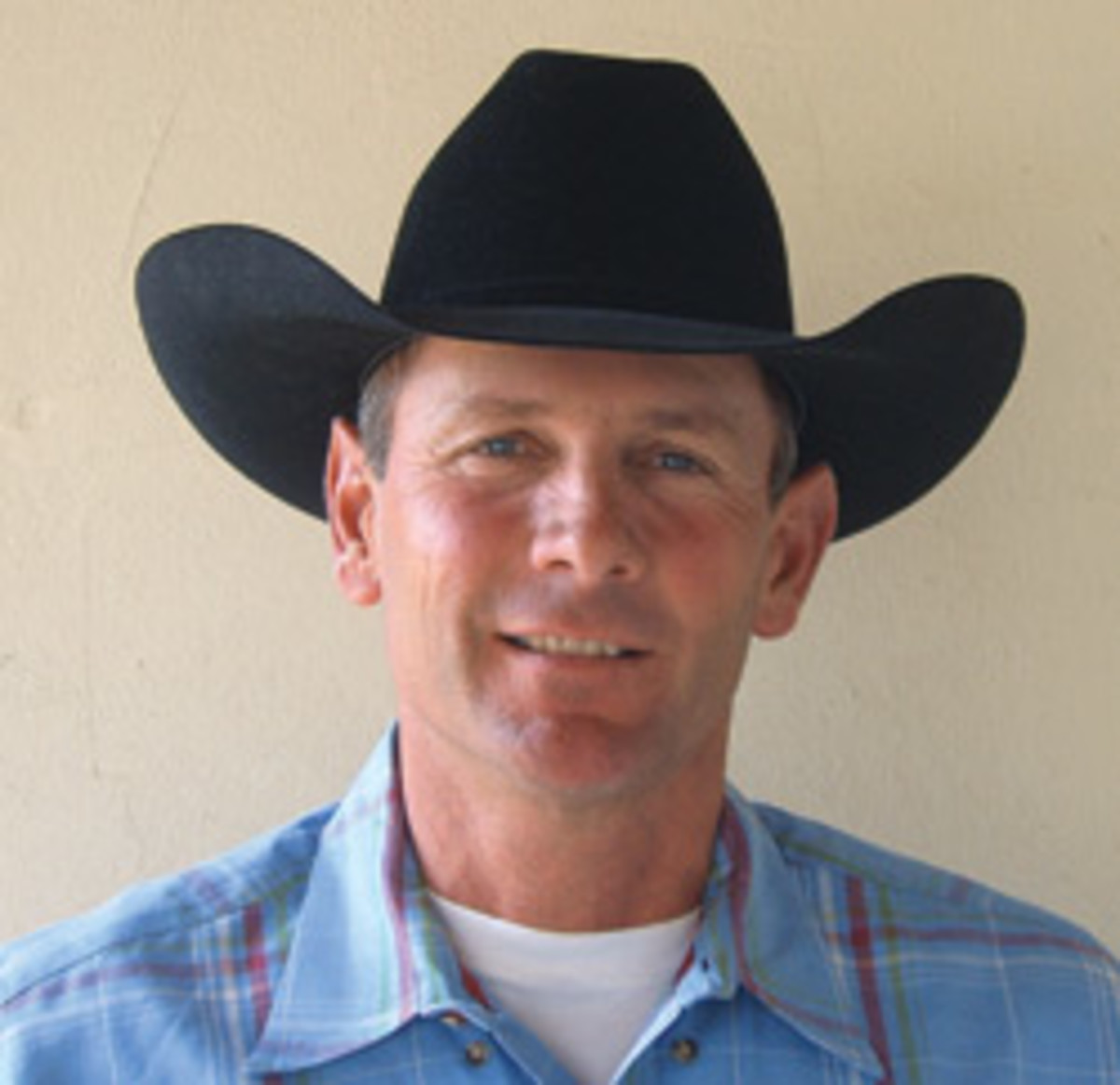Three generations of my family absolutely adore three generations of the Jones family, who live in Morro Bay, Calif. People don’t get any better outside the arena, and they’re all second-to-none competitors inside the arena. What will always amaze me about John W. Jones Jr. and Sr. is their humility and their generosity in helping others.

For all they won in their ProRodeo Hall of Fame careers, they’re the most genuine, family-oriented folks ever. I got to visiting with Johnny (Jr.) at the 100th annual California Rodeo in Salinas in July over at the Cowboy Camp Linaweaver Funfest, and we had the most interesting conversation about what makes the truly rare rodeos like Salinas and Pendleton, which celebrates its centennial anniversary this month, so very special.
In addition to multiple all-around and steer wrestling titles at the likes of Houston, San Antonio and Cheyenne, the three-time world champion steer wrestler—who many consider the most technically correct bulldogger of all time, in part because he had to overcome a considerable size deficit—Johnny won Salinas four times (in 1984, 1996, 1997 and 1999) and Pendleton twice (in 1986 and 1990).
I can’t think of anyone better to point out the unique challenges and obstacles that explain why every cowboy who ever threw his name in the hat dreams of winning one of these “masters” events. When you’re talking about what makes Salinas unique, naturally, the big arena and the (25-foot) score are different. It takes a little bit more horsemanship here (at Salinas). You have to ride further, and there’s a lot to react to and think about to set things up. There’s also just so much history here (did I mention his dad won the bulldogging at Salinas in 1958 and 1967, and that his mom, JoAnn, was the 1953 California Rodeo Sweetheart?). It’s one of the premier rodeos. Talk to anyone, and they want to win Salinas, Pendleton and Cheyenne. They’re the old, prestigious rodeos that have been around forever. And having grown up in California, I’ve heard about Salinas more than any other.
What’s so unique about Pendleton is the grass and the conditions to the arena; coming down off that ramp before you hit the grass. There’s basically no box, so you back in the corner up against the wall by a panel. A row of cowboys standing out there makes the lane for the horse to run down. When you call for the steer, you can’t even see him. There’s a guy over there who yells to the crew in the back, “Turn him out!” The gate opens, and there’s a guy back there horseback pushing the steer into the lane. You get a caller—whoever you trust back there—who sits there and yells at you, “Here he comes…he’s out.” Then, “Halfway.” Then, “Here he is.” And finally, “Now!”
The first time you see that steer is about the time that guy yells, “Now!” That’s when that steer gets right up next to you. You can’t be sitting on the back of the box when that steer gets there or he’ll beat you to the bottom of that hill. You can pull coming off the hill if a steer’s slow and ease down that hill. You just want to be moving forward when he gets there, so you’re not late.
I had some good advice from my dad about the Pendleton grass when I started going to Pendleton. He told me to slow down, because your feet are going to run further on that slick grass. He said to slow down or your feet’ll run on you.
Salinas used to be three (long rounds) and a short. It’s two and a short now, so there’s more luck of the draw involved these days. But always—then and now—you have to ride more to set up your run. The hazer’s in the corner of your eye here more than most places. You aren’t really going faster—a Quarter Horse gets to full speed pretty fast—but you’re going further so it feels like you’re going faster. To set your run up at Salinas you have to ride a little wider when you’re coming to steers, because if they make a move it gives you that extra room to get around them. You really don’t want a runner at Salinas or Pendleton.
The key to winning at Pendleton is a good start off the hill and a steer that doesn’t want to push a lot. If one pushes a lot, you can’t stop him because it’s so slick. You have to be patient at Pendleton. You can’t force the action. If you start pulling and trying to make it happen, and you don’t have that weight on your feet, you slide further. The worst part of the grass for me was the ruts and divots. When it gets torn up like that it’s hard on your ankles.
People ask me which rodeo was my favorite, and I’d have to say Salinas because I always had a lot of luck here. You always like the ones where you do good. I love the conditions—the long score and big arena. It was always the first rodeo of the year we went to that was different, with that long score. You’ve always had to ride your horse and be a cowboy here. And you can’t beat the nostalgia and heritage at this rodeo. Everybody wants to win Salinas. You also can’t beat the hospitality in Salinas. They want you here.
It’s pretty neat that Salinas and Pendleton—two of the greatest rodeos of all time—have their 100th anniversaries this year. I wish I was young enough to enter them both, but I’m just glad I was a part of it when I was.










